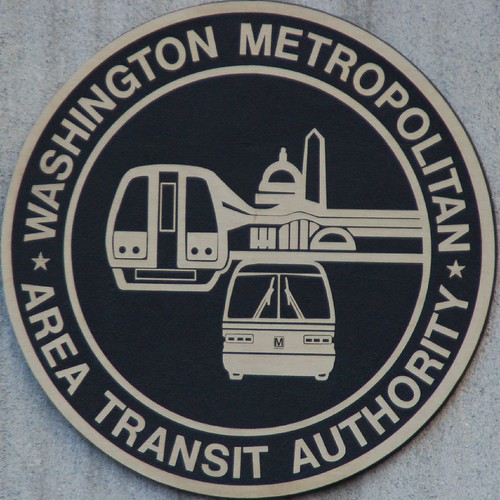
Image Courtesy: joannapenabickley.typepad.com
Personally, I am a big fan of Google Transit and Google’s approach to making transit a bit more easy for the general public. Today (June 18) being the “Dump the Pump Day” sponsored by the American Public Transit Association, the good folks at Google Transit published a post on their LatLong blog outlining how Google can help you find the transit options in the cities you live.
Here is an excerpt from the blog post by Jessica Wei, Strategic Partner Development Manager, Google Transit: Now, you may wonder how you can plan a transit trip easily if you’re not familiar with your local agency. The answer is – go to Google Maps. So far more than 100 agencies in the United States have made their data available in Google Maps through Google Transit Partner Program. In addition, Los Angeles Metro, City of Edmonton, Houston Metro, and Calgary Transit have released their GTFS data feed to the public so that developers can create innovative transit applications to further promote the awareness of public transportation.Now go to Google Maps on your computer or your cell phone, plan a transit trip, and go catch a train or bus. I bet your won’t miss the congested highway or increasing gas price!”
The last statement in the blog post caught my curiosity leaping and promoted a search on the web (of course using Google)to find out the mobile applications. Surprise, Surprise! I found out that this past weekend Google introduced a new version of its glossyMaps application for Android phones.
Version 3.1.0 brings with it several new features, including voice search to go with its text search field and transit and walking directions to go with step-by-step driving directions. “Whether you’re searching for an address, a business, or nearby windsurfing sports, just speak your query and Google Maps will find it,” Google wrote on its mobile blog. “After your search, you’ll see a map of places. To help you decide where to go, we’ve improved our business listings to include content such as store hours, prices, ratings, and reviews.” Urbanites must be thrilled with this new addition!

Image Courtesy: Google Mobile Blog
The new features were tested by the folks at CNET and they were clearly impressed – an outcome that we have come to expect out of most Google products these days.
Here is what they had to say about the Trip Planner tool: The trip planner in particular worked extremely well for San Francisco. As with the online version, Google’s Transit works in 250 cities. Indeed, Google Maps quickly and accurately planned and timed my commute, providing options for other routes in the near past and future. To get directions with public transit, tap “Directions'” from the menu, select the middle icon, of a bus, and enter the end point, which can be an address or a business name.
You’re also able to set a specific departure time or arrival time and day. For city-dwellers, accurate walking and transportation directions are a necessity. Rolled into the release is an experimental feature. Updates, which is connected to Google Latitude, lets you actively change your Latitude status for friends to see–so long as they’re also using the latest version of Maps.
The erasure of Street View as its own map mode is another change you’ll see. Instead, it has been integrated into any search result where the view is applicable. Pressing a point on the map will also bring up a Street View thumbnail if there’s an available image.”
With the growing popularity of transit, spread of Google Transit in more cities around the globe, such cool new features would make transit a compelling option. It is a good time to recall that quote by New York Governor David Patterson “Google Maps for Transit is a truly innovative marriage of information and infrastructure. It is a perfect example of how the public and private sectors can partner together to benefit us all — and it didn’t cost New York taxpayers a penny. I applaud my colleagues at the MTA and Port Authority for making this a priority, and our friends at Google for continuing to make the world an easier place to navigate.”
We gotta admit that it definitely got a lot more easier to navigate as of this past weekend!
(Source: Google, CNET)




